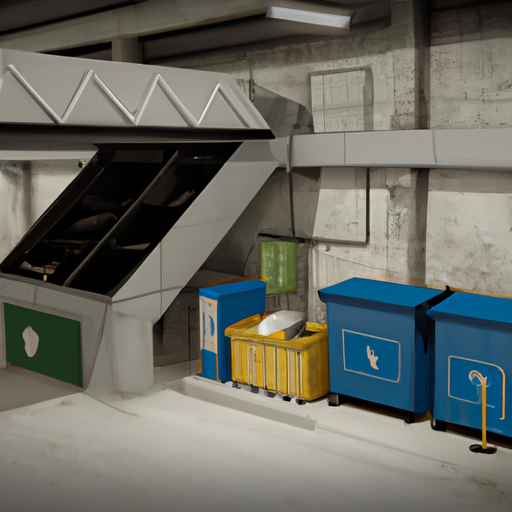Biomimicry is revolutionizing sustainable innovation by drawing inspiration from nature's time-tested patterns and strategies. Scientists and designers are creating breakthrough technologies by studying biological systems and structures. These nature-inspired solutions are transforming everything from architecture to renewable energy systems.

Nature has been perfecting its designs for 3.8 billion years, and today's innovators are finally taking notice in a systematic way. Biomimicry - the practice of emulating nature's time-tested patterns and strategies - is emerging as a crucial approach to creating sustainable solutions for modern challenges. By studying and applying the inherent wisdom found in biological systems, researchers and designers are developing groundbreaking technologies that are both highly effective and environmentally harmonious.
The fundamental principle of biomimicry is surprisingly simple: instead of extracting from nature, we learn from it. This approach marks a significant shift from traditional industrial design, which often works against nature, to a model that works in concert with natural systems. The results have been nothing short of revolutionary, spanning across multiple industries and applications.
In architecture, the natural world has inspired some of the most innovative sustainable building designs. The Eastgate Centre in Harare, Zimbabwe, draws inspiration from termite mounds to maintain comfortable temperatures without conventional air conditioning. The building's system of chimneys, fans, and vents mimics the self-cooling mechanisms found in termite colonies, reducing energy consumption by up to 90% compared to traditional buildings of similar size.
The field of materials science has particularly benefited from biomimicry. Researchers studying lotus leaves discovered the 'lotus effect' - a self-cleaning property resulting from the leaf's microscopically rough surface structure. This discovery has led to the development of self-cleaning paints, fabrics, and building materials that require fewer chemical cleaners and less maintenance, reducing environmental impact.
In the energy sector, biomimicry is helping to enhance the efficiency of renewable technologies. Solar cells inspired by butterfly wings are achieving higher energy conversion rates, while wind turbine designs based on humpback whale flippers are showing improved performance in turbulent conditions. These innovations demonstrate how natural adaptations can inform more efficient and sustainable technical solutions.
Transportation is another area where biomimicry is driving sustainable innovation. The bullet train in Japan famously redesigned its nose cone based on the kingfisher's beak, resulting in a quieter, more energy-efficient train that could travel 10% faster while using 15% less electricity. Similarly, Mercedes-Benz created a more aerodynamic car inspired by the boxfish, demonstrating how nature's solutions can improve vehicle efficiency.
Water management systems are increasingly incorporating biomimetic principles. Cities are implementing water collection and filtration systems inspired by how plants and animals in arid regions collect and conserve water. These systems are proving more efficient and less energy-intensive than traditional water management infrastructure.
The application of biomimicry extends to waste management and recycling. Researchers studying how natural systems process and recycle materials are developing new approaches to waste treatment and material recovery. These bio-inspired systems often require less energy and produce fewer harmful byproducts than conventional methods.
Perhaps most importantly, biomimicry is changing how we approach the design process itself. Instead of starting with human-made solutions, designers are first asking, "How does nature solve this problem?" This shift in perspective often leads to more sustainable and elegant solutions that might otherwise have been overlooked.
However, implementing biomimetic solutions comes with its own set of challenges. Translating biological mechanisms into technological applications requires significant research, development, and often new manufacturing processes. The initial investment in biomimetic solutions can be higher than conventional approaches, though the long-term benefits often outweigh these costs.
As we face increasingly complex environmental challenges, biomimicry offers a promising path forward. By learning from and emulating natural systems, we can develop solutions that are not only more sustainable but also more resilient and adaptive. The future of sustainable innovation lies in this deeper understanding and application of nature's time-tested strategies.



